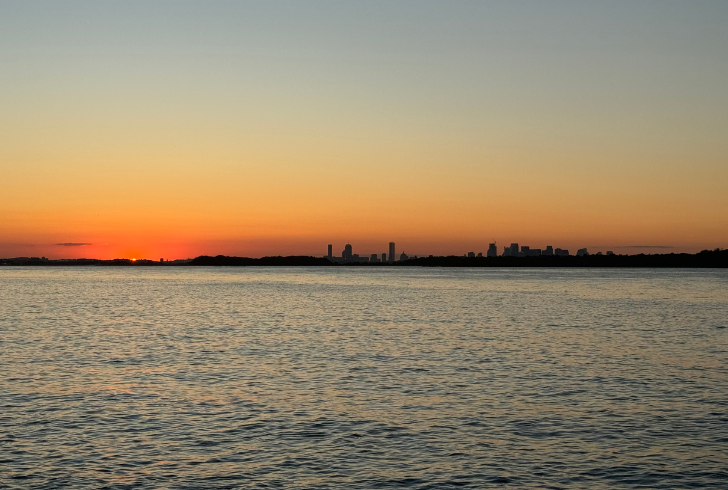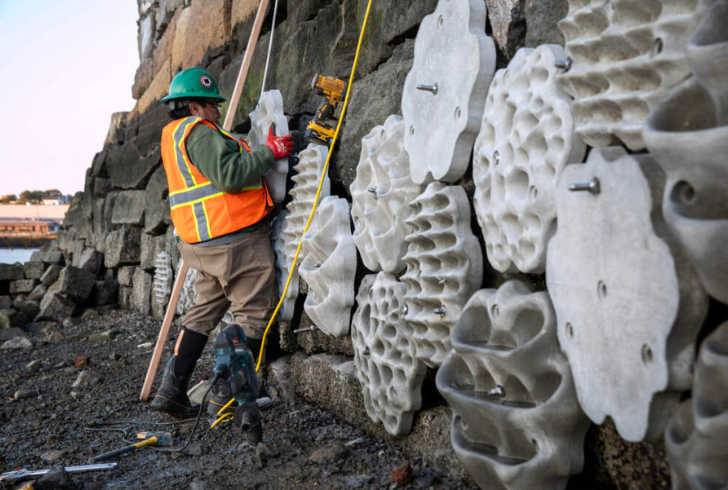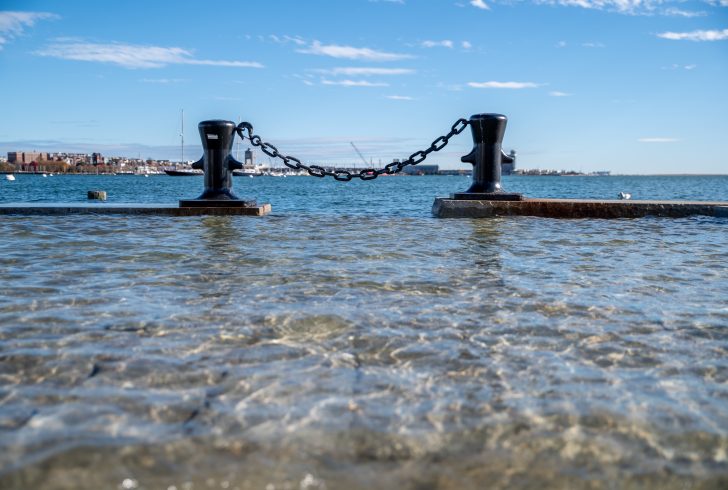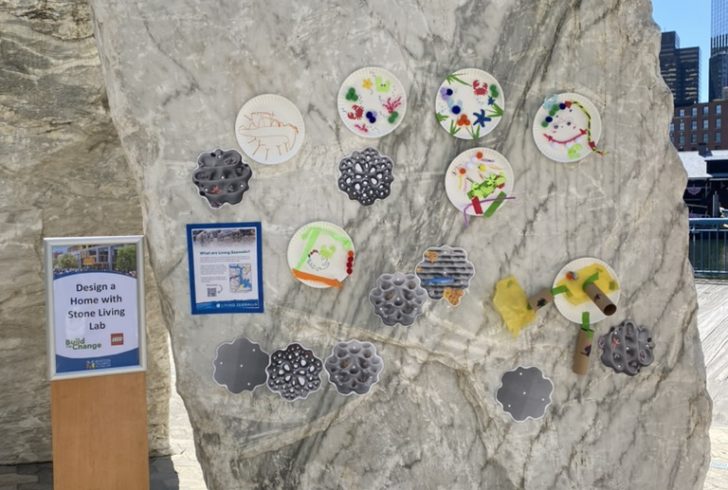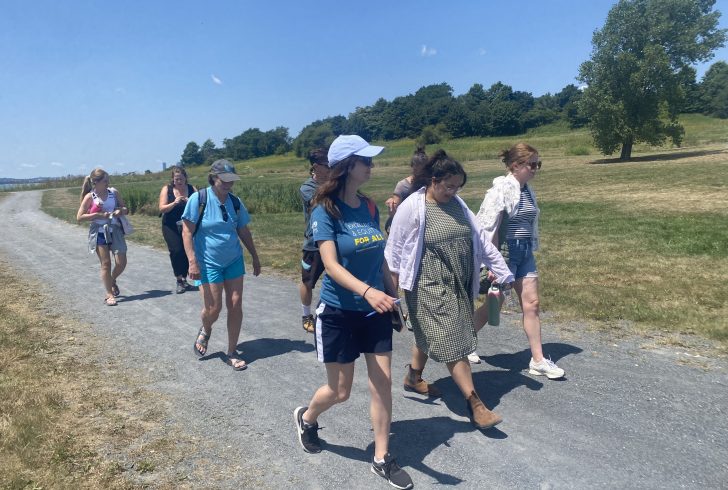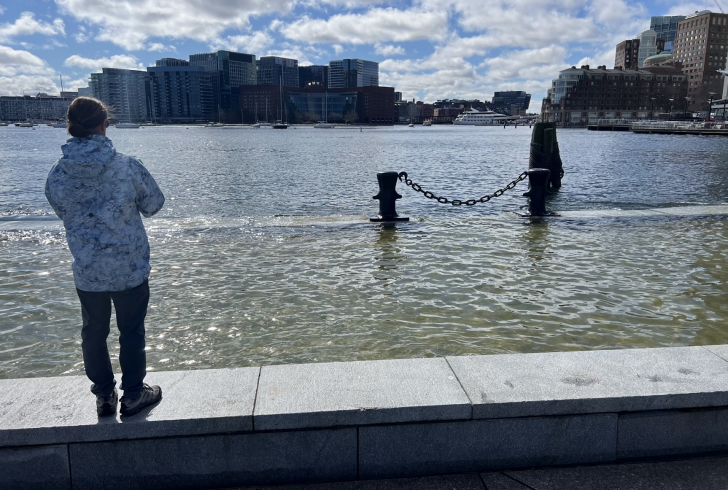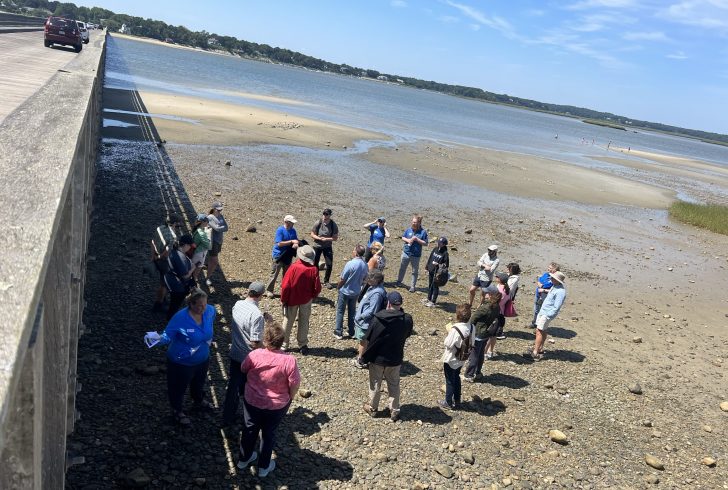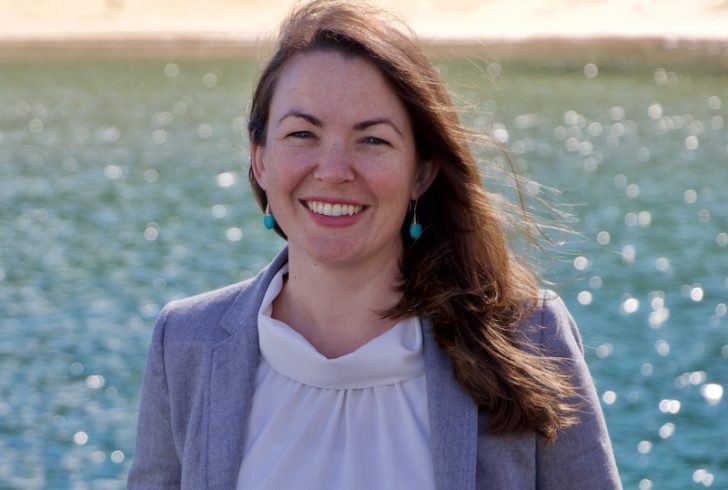
Dr. Katie Dafforn Joins Stone Living Lab as Co-Director
The Stone Living Lab is excited to announce the hiring of Dr. Katie Dafforn as Co-Director of the Lab and as the Distinguished Professor of Coastal Resilience at the School for the Environment at UMass Boston.
